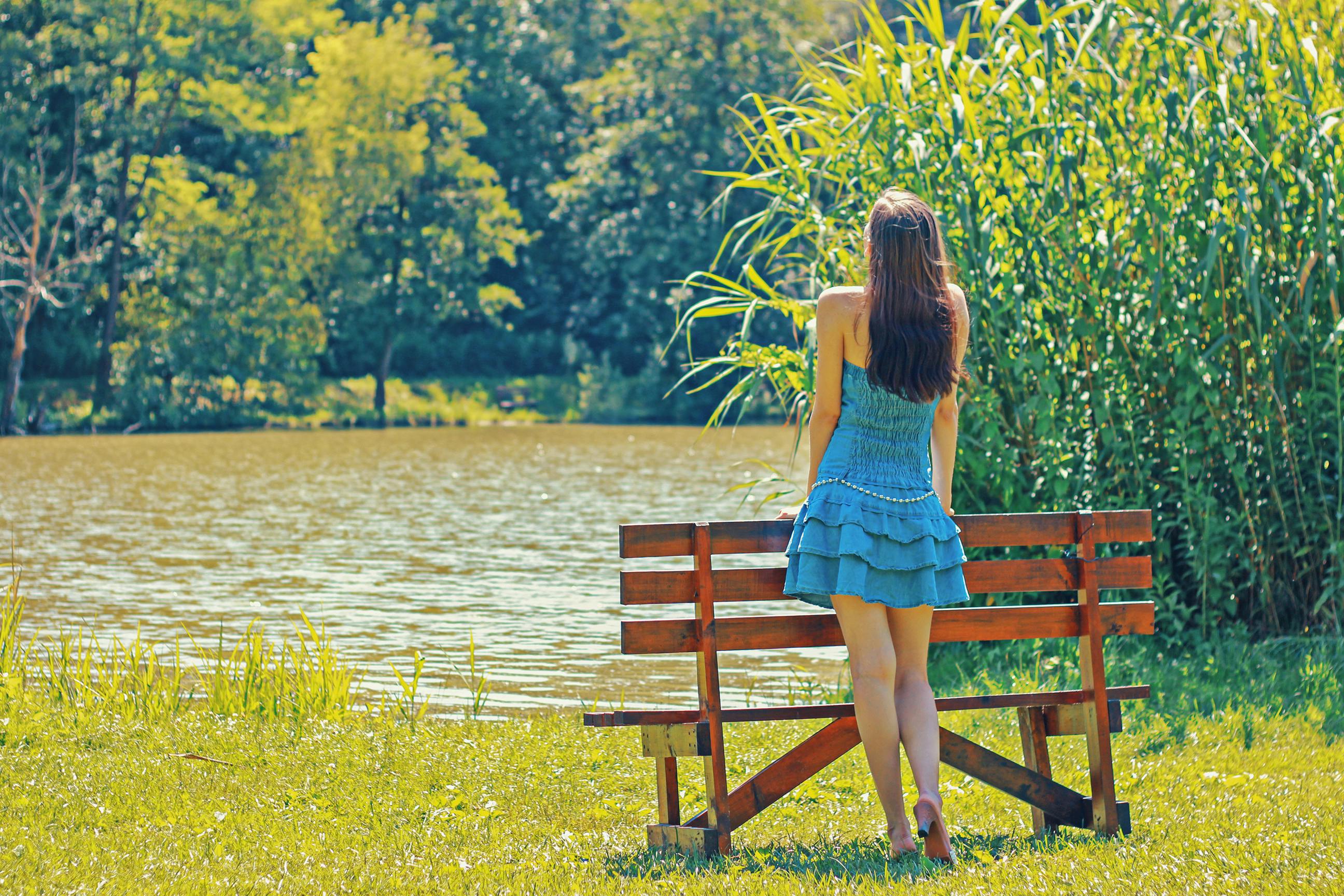Holistic healing means taking a holistic approach when seeking treatment for imbalances and choosing to lead a more balanced lifestyle. What primarily distinguishes holistic healing from alternative medicine, complementary medicine, and integrative medicine is that physical health is not necessarily the primary focus. Still, it is often the experience of physical discomfort that first prompts a person to seek holistic healing.
It is true that our pain and other physical ailments demand our attention. It’s hard to ignore the obvious when we are physically hurt. Common sense tells us that we should seek help to alleviate our discomfort. Holistic healing is not an “alternative” to conventional medical care. Sometimes going to a medical professional is the best solution for treating an illness.
Holistic healing addresses all aspects of an individual’s well-being, not just the physical aspect where manifested illnesses are most evident.
Holistic healing is not intended to serve as a band-aid or one-size-fits-all solution. It is a continuous journey of discovery in search of more answers and, ultimately; live better, be healthier and strive for fulfillment.
Holistic healing goes beyond the mind-body connection:
Holistic healing is really a lifestyle approach. The holistic approach goes far beyond the mind-body connection to finding and maintaining wellness.
General well-being and “integrity” are highly valued. All parts of a person’s life are considered (physical healing, mental health and well-being, emotional well-being, and spiritual beliefs and values). Adapting a holistic approach involves looking for the tools that will help us attract our desires and realize personal power.
A person who embraces the desire to find fulfillment within their own being soon learns the importance of caring for relationships, caring for the planet and the environment, having compassion for humanity in general, and accepting and tolerating the differences of a diverse population.
Types of holistic healing:
1. Acupressure – Acupressure is an alternative medicine technique similar in principle to acupuncture. It is based on the concept of vital energy that flows through “meridians” in the body. In treatment, physical pressure is applied to acupuncture points in order to clear blockages in these meridians. Pressure can be applied by hand, elbow, or with various devices.
Acupressure can be effective in helping to control nausea and vomiting and in reducing low back pain, tension headaches, stomach pain, etc.
2. Acupuncture: Acupuncture is a form of alternative medicine and a key component of Traditional Chinese Medicine (TCM) that includes thin needles that are inserted into the body at acupuncture points. It can be associated with the application of heat, pressure or laser light at these same points. Acupuncture is commonly used for pain relief, although it is also used for a wide range of other conditions.
3. Astrology: Astrology is the study of the relative movements and positions of celestial objects as a means of guessing information about human affairs and terrestrial events.
4. Bach flower remedies: Bach flower remedies are solutions of brandy and water, the water containing extreme dilutions of flower material. Bach claims that the dew found on flower petals preserves the imagined healing properties of that plant.
The dilution process results in the statistical probability that little more than a single molecule remains, it is stated that the remedies contain the energetic or vibratory nature of the flower and that this can be transmitted to the user. Some describe the solutions as vibrational medicines, which implies that they are based on the pseudoscientific concept of the memory of water. They are often labeled as homeopathic because they are extremely diluted in water, but they are not homeopathy because they are not.
follow other homeopathic ideas like the law of the like.
5. Crystal Healing: Crystal healing is a pseudoscientific alternative medicine technique that uses stones and crystals.
One method is to place crystals on different parts of the body, which often correspond to the so-called “chakras”; Or, the practitioner places crystals around the body in an attempt to build an “energy web,” which supposedly surrounds the person with healing energy.
6. Reiki Healing – Reiki Healing is a form of alternative medicine. Since its inception in Japan, Reiki has adapted to different cultural traditions. It uses a technique commonly called palm healing or hand healing. By using this technique, practitioners believe that they are transferring “universal energy” through their palms, which they believe stimulates healing.
Reiki is considered pseudoscience. It is based on qi (“chi”), which practitioners say is a universal life force.
7. Hypnotherapy: Hypnotherapy is a form of psychotherapy that is used to create subconscious change in a patient in the form of new responses, thoughts, attitudes, behaviors, or feelings. It is done with a subject under hypnosis.
A person who is hypnotized shows certain unusual behavioral characteristics and propensities compared to a non-hypnotized subject, especially greater suggestion and responsiveness.
8. Pranic Healing: Pranic Healing is an energy healing system, according to which prana (energy) can heal ailments in the body by manipulating the energy field of the person. He states that pranic healing is like acupuncture and yoga in that it deals with the “energy body” which in turn affects the “physical body.”
9. Yoga: Yoga as an exercise or alternative medicine is a modern phenomenon that has been influenced by the ancient Indian practice of hatha yoga. It consists of stretching as a kind of low-impact physical exercise and is often used for therapeutic purposes. Yoga in this sense often occurs in a class and can involve meditation, imagery, breathing, and music.
The meditative and exercise components of hatha yoga have been investigated for both specific and non-specific health benefits. Hatha yoga has been studied as an intervention for many conditions, including back pain, stress, and depression.
And remember: “The ones who say you can’t and won’t, are probably the ones who are afraid you will.”
